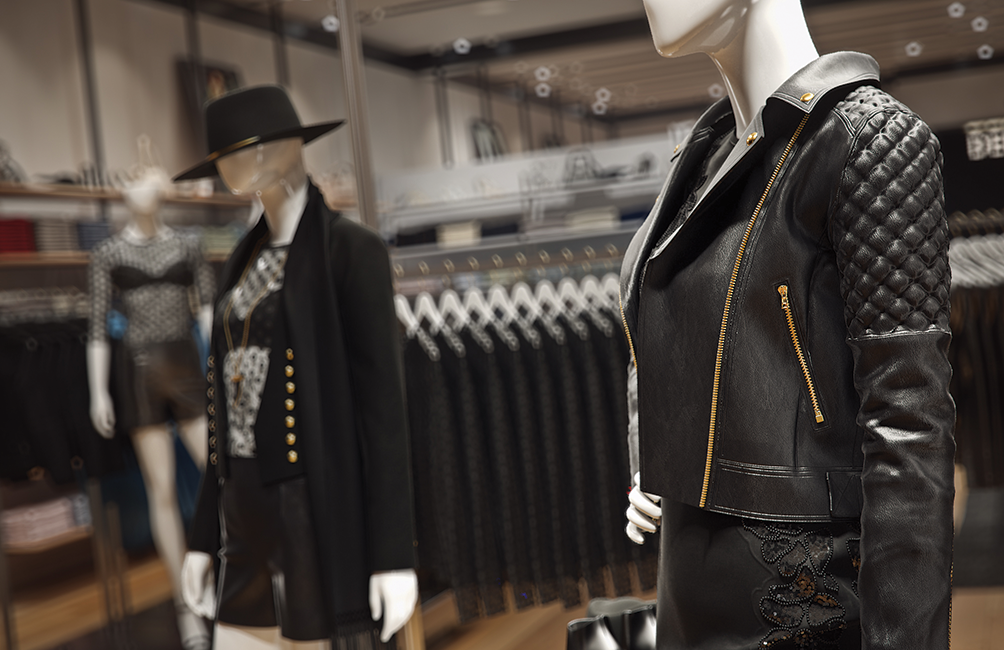5 reasons why fashion should embrace 3D in 2019
In life we are taught that, if something sounds to good to be true, it probably is. In an effort to protect ourselves from being let down. However, Optitex recently came forth with an abundance of evidence that confirms what we’ve known for a long time now: 3D implementation in the fashion and retail industry is a match made in heaven. Let’s talk about the ways in which 3D can drastically improve the way fashion brands conduct their workflow.
Cash rules everything around us
The fashion apparel industry has grown to a $1.3 trillion giant (WhichPLM, 2017). It is estimated that $6-8 billion is spent on physical samples in the fashion industry every year (Optitex, 2019). Imagine what fashion brands could do with all that money, only if they found a way to decimate their spending on those physical samples. Maybe they could invest that money in their innovation efforts? With a small investment, fashion brands can start working with 3D design software, or work together with a 3D solutions provider. Money, however, is just the tip of the iceberg. Let’s explore a few of the many advantages of going digital.
Stay relevant
In the age of fast fashion, social media and instant gratification, it is increasingly important to get your product on the market as fast as possible. Fashion trends come and go and if you want to play into these trends, a faster time-to-market is paramount. Let’s say it takes you 12 months, which is not uncommon, to get a pair of jeans through the design and production process and onto the shelves. Those jeans might not be as relevant as they were a year ago, when you designed them. Implementing 3D into the design and production process could drastically improve your time-to-market. If you design your collection in 3D, you could cut down on time it takes to communicate and approve the garments. As well as greatly reduce the number of physical sample rounds needed. Therefore you don’t have to wait on your producer on the other side of the world and you are able to share digital samples amongst stakeholders for approval. Showing decisionmakers the final product, right at the concept stage. Adidas, for example, has managed to reduce the amount of physical samples by 1.5 million between 2010 and 2013 (Optitex, 2017).
What are the 7 fashion trends for 2019?
Time is the new money
Time is money, is a phrase that is as old as the hills. Coined in ancient Greece (ca. 430 BC), but as relevant as ever. Besides a faster time to market and therefore relevancy, there are more time-based benefits that come with 3D in fashion. Faster decision making, shortened development time and less physical samples all help contribute to maximizing growth, revenue and a superior product. All the while adding to a more sustainable an environmentally friendly industry. And you’ll never have to fight colleagues over a pre-production sample!

Sustainability & the environment
It is no secret that the fashion industry is a big contributor to the global CO2 emission. It currently sits on the 5th spot, right after: agriculture, tourism and oil and gas production (Global Fashion Agenda, 2018). Everyone needs to help fight pollution and reduce the amount of emission we produce on earth. Imagine reducing the amount of physical samples by 65% and how much that would reduce your CO2 footprint, by reducing the amount of shipments to and from your producer. If your boss is only interested in ROI and the bottom line, just tell him how much money he would save on logistics, production and wasted time and fabric.
Why does H&M burn its unsold clothes?
A great fit
Nothing beats a great quality garment, that fits like it’s supposed to. With the use of innovative 3D technology, you are able to say goodbye to live models, time consuming dress forms and multiple size set and fit samples. Improved software, body scanning and experienced 3D artists, are able to produce very accurate and custom 3D mannequins and avatars. These innovations can even help you produce custom garments in the same amount of time as regular ones. With the help of animated mannequins you will be also be able to tell how the piece of clothing will behave during movement. These animations and 3D mannequins will also massively aid you in your B2B sales process.
If these five reason were not enough to convince you of the power of 3D in the fashion industries; we’ve got plenty more to go around. Keep your eye on our blog, or get in touch with us to discuss how our services and implementations can help your company or brand thrive.
